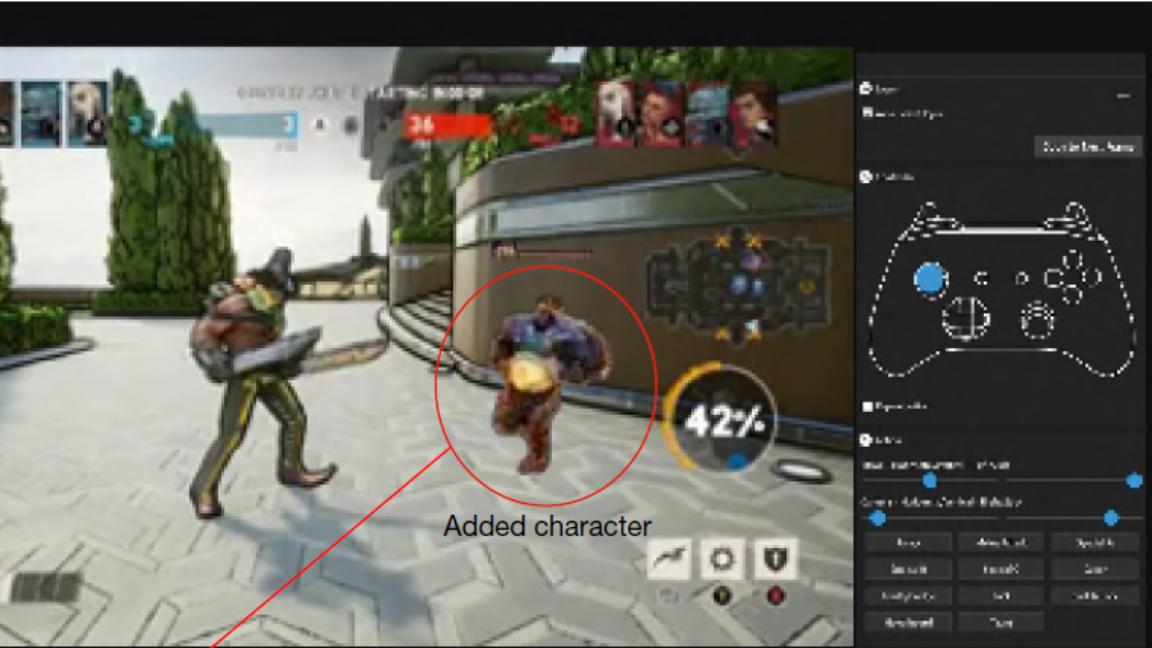In an era where video games are increasingly becoming immersive realms akin to alternate realities, Microsoft is making strides toward a revolutionary breakthrough: real-time AI-generated game worlds. With their new prototype, dubbed the Interactive AI World Model, Microsoft is aiming to transform how game environments are created, offering dynamic, real-time worlds that change and adapt based on player interactions.
The Promise of AI in Gaming
The concept of procedurally generated worlds isn’t new. Games like “Minecraft” and “No Man’s Sky” have leveraged procedural generation to offer expansive, varied landscapes. However, Microsoft’s ambition here is significantly more advanced. Their goal is to create environments that not only adjust landscapes but also offer real-time interaction with sophisticated AI that can adapt to players’ styles and narratives.
A Closer Look at Microsoft’s AI World Model
According to a report by Ars Technica, the Interactive AI World Model remains in its early stages, yet it showcases potential that could redefine the intersection of AI and interactive entertainment. This prototype is designed to dynamically generate elements within a game, such as terrain or weather systems, alongside more intricate components like storylines and NPC behaviors.
What sets this model apart from traditional methods is its adaptability. Using machine learning algorithms, the AI can adjust to players’ inputs and preferences almost instantaneously, providing a unique experience tailored to each individual. This complex system of generation is a significant step beyond static game design, where developers pre-plan every aspect of the game world.
Challenges and Technological Hurdles
Despite these promising developments, there are significant challenges ahead. As mentioned in the Ars Technica article, comprehensive real-time AI generation pushes the boundaries of current computing and AI capabilities. Real-time adjustments require immense processing power and efficient algorithms capable of swift decision-making, a feat not yet fully realized.
Moreover, the quality of AI-generated content remains inconsistent. While the system can create a vast array of unique scenarios, ensuring all content maintains a certain level of quality and cohesion poses an ongoing challenge. Microsoft’s team must continue refining their machine learning models to balance creativity with gameplay integrity.
Potential Impact on Game Development
If realized, Microsoft’s AI World Model could revolutionize game development and design. The ability to generate and modify worlds in real-time could drastically reduce development time and resources, allowing developers to concentrate more on novel gameplay mechanics and less on the technicalities of world-building. Additionally, it could lead to gaming experiences that are infinitely replayable, as no two playthroughs would be identical.
What This Means for Players
For gamers, Microsoft’s advancements promise unparalleled experiences. Not only could players enjoy a richer, more interactive world, but the games could also adapt to their personal play style over time. Such adaptation could lead to games that provide not just challenge and entertainment but also custom-tailored experiences that respond to emotional and gameplay cues from the player.
This shift could also democratize gaming experiences, making personalized gaming available to an even broader audience. With AI handling the majority of backend processing, game creators might focus instead on inclusive technology and innovative storytelling.
The Road Ahead
Ultimately, while Microsoft’s Interactive AI World Model is still developing, its potential impact is undeniably profound. As the technology progresses, we can expect to see new genres and forms of gameplay emerge, offering stories and worlds previously limited by the imaginative capacity of human designers.
Players and developers alike should watch closely as Microsoft continues to refine its models, taking gaming into the realms of “living” worlds, where each decision and action by a player can have real-time consequences that ripple through the fabric of the game universe.
Ultimately, this initiative could spearhead a new era for digital interaction where AI becomes a collaborative partner in designing and evolving entertainment experiences.
For more details, refer to the original source: Ars Technica Article

Hozzászólások